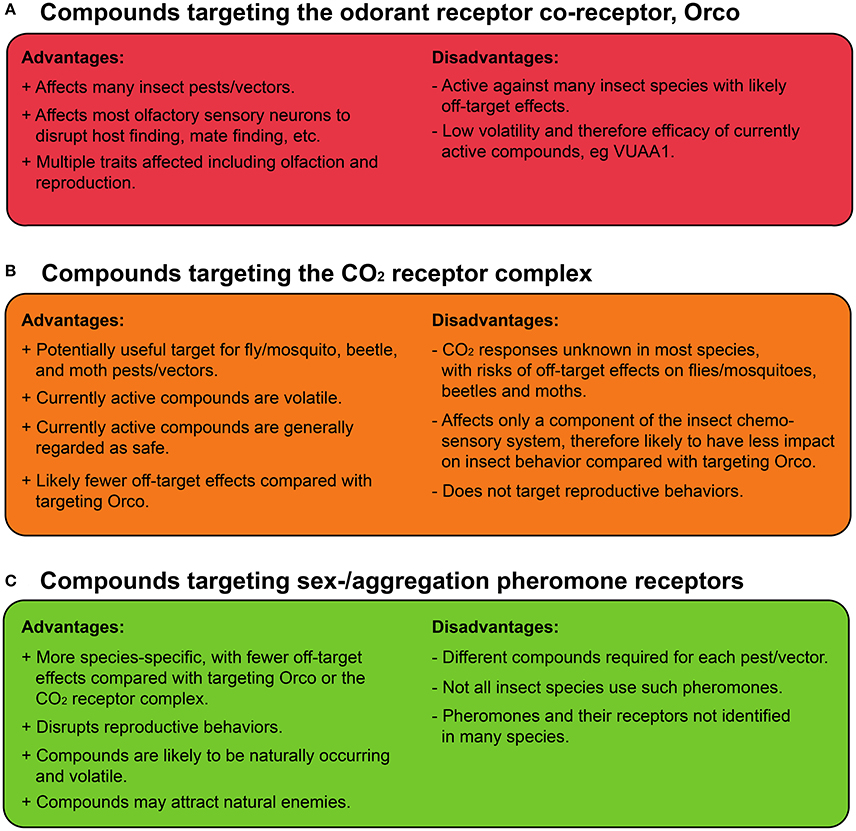What Does Eco Bed Bug Exterminators Dc Do?
Wiki Article
Some Known Facts About Eco Bed Bug Exterminators Dc.
Table of ContentsHow Eco Bed Bug Exterminators Dc can Save You Time, Stress, and Money.The smart Trick of Eco Bed Bug Exterminators Dc That Nobody is Talking AboutThe Greatest Guide To Eco Bed Bug Exterminators DcThe Basic Principles Of Eco Bed Bug Exterminators Dc Eco Bed Bug Exterminators Dc Things To Know Before You Buy
Since pesticides are hazardous, they are likewise potentially dangerous to people, pets, various other microorganisms, and the setting. For that reason, people who use pesticides or routinely come in call with them need to understand the relative toxicity, potential health impacts, and preventative steps to minimize exposure to the items they use. Hazard, or danger, of making use of chemicals is the capacity for injury, or the level of risk involved in utilizing a pesticide under an offered collection of conditions.
Nonetheless, applicators can reduce or almost eliminate exposure-- and hence minimize risk-- by following the tag directions, using individual protective clothes and tools (PPE), and handling the chemical appropriately. For instance, more than 95 percent of all pesticide direct exposures originate from dermal direct exposure, largely to the hands and forearms. By wearing a set of unlined, chemical-resistant handwear covers, this kind of direct exposure can be almost gotten rid of.
The hazardous effects that take place from a solitary exposure by any course of access are labelled "severe effects." The four paths of exposure are dermal (skin), inhalation (lungs), dental (mouth), and the eyes. Intense poisoning is established by examining the dermal toxicity, breathing toxicity, and dental toxicity of examination animals.
Unknown Facts About Eco Bed Bug Exterminators Dc
Severe toxicity is measured as the amount or concentration of a toxicant-- the a.i.-- needed to kill half of the pets in an examination population. This action is typically expressed as the LD50 (lethal dose 50) or the LC50 (deadly concentration 50). Additionally, the LD50 and LC50 values are based upon a solitary dose and are videotaped in milligrams of chemical per kilo of body weight (mg/kg) of the test pet or partly per million (ppm).The lower the LD50 or LC50 value of a chemical product, the greater its poisoning to human beings and pets. Pesticides with a high LD50 are the least hazardous to people if utilized according to the directions on the product tag. The chronic poisoning of a chemical is identified by subjecting examination pets to lasting exposure to the active component.
The persistent toxicity of a chemical is harder than acute poisoning to figure out with laboratory evaluation. Products are categorized on the basis of their loved one severe toxicity (their LD50 or LC50 worths). Pesticides that are classified as very hazardous (Toxicity Classification I) on the basis of either oral, dermal, or inhalation toxicity must have the signal words threat and toxin printed in red with a skull and crossbones icon prominently showed on the front panel of the package tag.
The acute (solitary dosage) dental LD50 for pesticide products in this team ranges from a trace amount to 50 mg/kg. As an example, direct exposure of a couple of drops of a product taken orally might be fatal to a 150-pound person. Some chemical products have simply the signal word DANGER, which informs you absolutely nothing concerning the severe toxicity, simply that his response the item can trigger extreme eye damages or severe skin irritability
Not known Facts About Eco Bed Bug Exterminators Dc
In this group, the acute oral LD50 arrays from 50 to 500 mg/kg. A teaspoon to an ounce of this material can be fatal to a 150-pound individual (pest control Washington DC). Pesticide products categorized as either somewhat harmful or reasonably harmless (Toxicity Categories III and IV) are required to have the signal word CAUTION on the chemical tag
All pesticide toxicity values, worths the Consisting of, can be found on discovered product's Item Safety Product Security InformationMSDS). Pesticide labels and MSDS can be acquired from retailers or produces - https://4zy4sjgaf2e.typeform.com/to/BqfDIKbu. The symptoms of pesticide poisoning can range from a mild skin inflammation to coma or even death.
Because of possible health and wellness issues, chemical users and trainers need to recognize the usual indications and signs of pesticide poisoning. The effects, or signs and symptoms, of chemical poisoning can be generally specified as either topical or systemic.
Getting My Eco Bed Bug Exterminators Dc To Work
Dermatitis, or swelling of the skin, is approved as the most commonly reported topical impact associated with chemical direct exposure. Some people tend to cough, wheeze, or sneeze when exposed to chemical sprays.
This signs and symptom generally subsides within a couple of mins after a person is gotten rid of from the direct exposure to the toxic irritant. A response to a pesticide item that triggers someone not only to sneeze and cough but additionally to develop extreme acute respiratory signs and symptoms is a lot more likely to be a true hypersensitivity or allergic reaction.
Systemic results are fairly different from topical impacts. They typically occur far from the original factor of contact as an outcome of the pesticide being soaked up into and distributed throughout the body. Systemic impacts commonly include queasiness, throwing up, tiredness, headache, and intestinal problems. In advanced poisoning instances, the individual may experience modifications in heart price, problem breathing, convulsions, and coma, which can cause death.
Report this wiki page